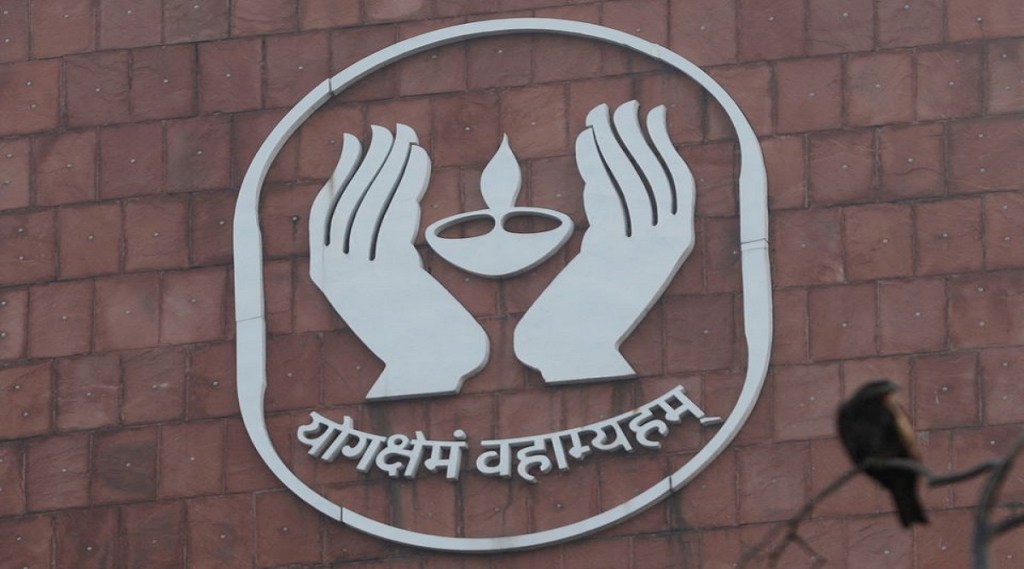It is quite easy to find fault with the government for dilly-dallying on the initial public offer (IPO) of Life Insurance Corporation (LIC), which eventually resulted in trimming the size of the IPO to just 3.5% of its stock for Rs 21,000 crore, from the earlier plan to sell 5% for around Rs 65,000 crore. Many observers say the government missed the bus by not taking advantage of the buoyancy in India’s public markets last year. After all, the lineup of IPOs by private companies in 2021 was the highest in the last two decades. Also, the new offer values LIC at Rs 6 trillion, at 1.1 times its embedded value (EV), or the sum of its net assets and future profits, against the earlier proposal of 2.5-3 times the embedded value. The common perception is that the scaled-down valuation doesn’t do justice to the country’s largest life insurer, as HDFC Life, SBI Life and ICICI Prudential Life Insurance trade at valuations of higher than three times the EV even though LIC holds over thrice the assets under management of all other life insurers combined.
Some of these observations are valid, with the advantage of wisdom gained from hindsight. Given the Omicron wave, uncertainty over the Russian invasion of Ukraine, and capital flight from emerging economies, the government has shown a lot of pragmatism by bringing down the offer size after anchor investors found the original valuation excessive. The government was also considering a proposal to have a base issue size of Rs 21,000 crore and an option to upsize it by another Rs 9,000 crore so that it retains the option to raise up to Rs 30,000 crore by divesting 5%, if there was strong demand. But this plan had to be shelved as the market regulator was reportedly against it because of the lack of regulations around it.
There is no doubt that India’s largest IPO still has a lot of things going for it. It surely leaves a lot of potential value on the table for investors, given the price band of Rs 902-949 per share, the discount to employees and policyholders, and the relatively lower valuation. The size of the insurance behemoth is staggering. As of March 31, 2021, it had a 66.2% market share in new business premiums, a 74.6% share in individual policies issued, and an 81.1% share of the number of group policies issued for 2020-21. It is hoped that, as a listed entity, LIC would be more transparent about its governance structures and investment decisions. This is important as, in the past, LIC has often been used by the government to serve its own ends.
The real concern after the reduction in LIC’s IPO size is the impact it would have on government finances, against the backdrop of the sharp increase in the fertiliser subsidy and the extension of the free-rations scheme. Meeting the Rs 65,000 crore disinvestment target for the current fiscal looked easy till sometime back as it was almost equal to the original size of the LIC offer. With the status of the Bharat Petroleum Corporation stake sale looking uncertain because of a lack of interest from potential bidders, the government has to think of innovative ways to step up its disinvestment efforts.
The disinvestment record so far has been quite patchy: the government missed its revised disinvestment target for 2021-22, which was slashed from Rs 1.75 trillion to Rs 78,000 crore. The actual collection was just Rs 13,530 crore, of which Rs 2,700 crore came in through the sale of Air India to the Tata Group. Serious thought must be given to the government’s earlier indication that the way forward will have to be minimum government-owned enterprises even in strategic sectors.

